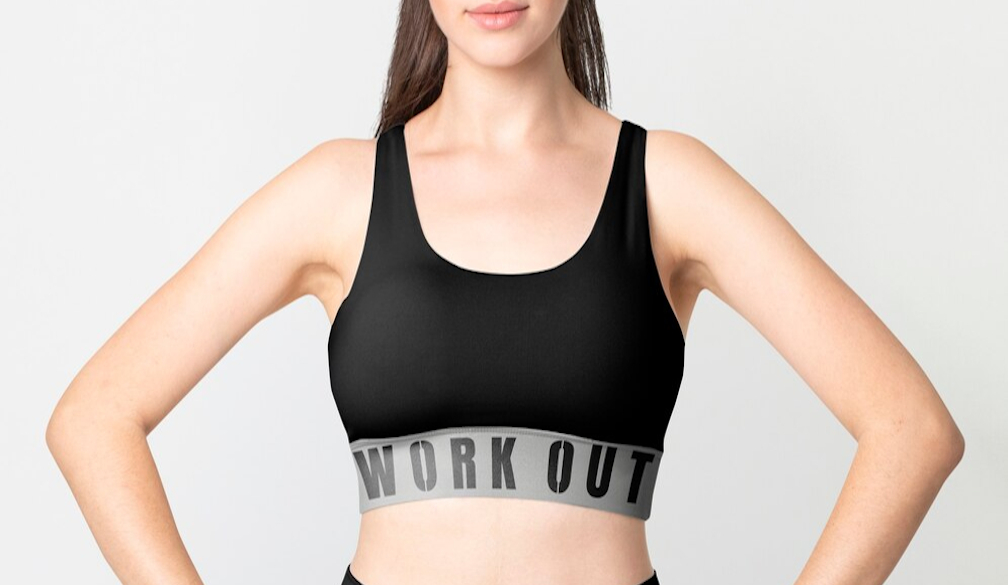Tunnel exhaust stacks: don’t dare harm our kids … but expose workers
- Written by Simon Chapman, Emeritus Professor in Public Health, University of Sydney
 The evidence that living near exhaust stacks from busy tunnels harms your lungs is far from settled.from www.shutterstock.com
The evidence that living near exhaust stacks from busy tunnels harms your lungs is far from settled.from www.shutterstock.comThis week news broke about the location of several exhaust ventilation stacks that will disperse vehicle pollution along some of the 14 kilometres of tunnels planned across Sydney.
Four of the six 20-35 metre tall exhaust stacks would be near schools, with the private girls’ school Wenona, Anzac Park Primary School in Cammeray and Seaforth Public School each being within 200 metres.
ABC TV’s 7pm Sydney news bulletin on Monday July 17 told viewers the stacks in the North Sydney area would be:
near dozens of schools, pre-schools and parks … When the Lane Cove tunnel was built the unfiltered stacks were placed in the nearby industrial area. Residents want these stacks built in the Artarmon industrial estate and filtered.
Eleven schools were named in the online report.
Does the evidence stack up?
The Lane Cove tunnel stacks were the focus of a major research project conducted by some of Australia’s most renowned environmental health researchers in air quality and respiratory health.
They recruited 2,978 residents in the year before the tunnel opened (2006) and in each of two years afterwards (2007–2008).
These residents lived in one of four exposure zones, including a control zone. The residents completed a questionnaire about their respiratory symptoms in each of the three years. A sub-group of 380 people also had their lung function tested using spirometry, which measures how well someone can move air into and out of their lungs, and their ability to breathe out air (peak expiratory flow). This sub-group also recorded any symptoms twice a day for nine weeks.
Despite a major reduction in traffic from 90,000 to 45,000 vehicles a day along the main road the tunnel bypassed, there was no consistent evidence that the respiratory health of people living along that road had improved.
However, people who lived near roads feeding into the tunnel reported more upper respiratory symptoms in the survey group but not in the panel sub-group. Those living within a radius of 650 metres of the tunnel ventilation stack also reported more upper and lower respiratory symptoms and had lower spirometric volumes (reflecting poorer lung health) after the tunnel opened. Although importantly, air pollutant levels near the stack did not increase over the study period.
Unexpected results
The authors said some of these results were “unexpected” because another similar study of an exhaust stack on Sydney’s M5 had shown no differences between before and after the exhaust started operation.
Their report discussed a number of methodological reasons to explain the Lane Cove findings (see the detailed discussion section here).
The two Sydney studies undertaken on exhaust emissions through tunnel stacks have failed to produce unequivocal results about extra harms to those living nearby. While there is no debate about traffic pollution in urban areas contributing to serious health consequences, the argument that emissions from road tunnels and, particularly, their ventilation stacks pose serious risks to those living adjacent to them is far from convincing.
So decisions on where these stacks are placed will largely be driven, not by established risk metrics based on their distances from where people are breathing, but on outrage factors about exposed populations.
There is zero tolerance for even homeopathic levels of exposure when it comes to “industrial” particles like those from vehicles forced out of ventilation stacks. There is no community appetite to raise alarm about naturally sourced particles like pollen and dust that would be affecting the respiratory health of many of the children and adults living near or far from the proposed road and stacks.
But the idea that there might be added respiratory risk arising from traffic exhaust particles has animated some bizarre proposed solutions.
Workers can cop any risk
Twenty one years ago in 1996, in a parallel case again involving the Lane Cove region, I wrote about the local council’s rules for where mobile phone towers could be sited.
As is still happening today, with the reported calls to locate the exhaust stacks in North Sydney “industrial” zones, sections of the community seem to assume it is acceptable to expose industrial-site workers, but not children, to exhaust stack emissions.
On the mobile phone tower siting regulations I wrote that if you live in the council district, the council will not allow a tower within 300 metres of your house. But if you work in the area, the towers can come as close as specified in any deal struck between your employer or a landowner and a phone company.
They can plonk one right outside your office or factory window, in your car park, wherever … If you are in a school, any sort of child-care facility, a hospital or, most intriguingly, an aged care centre or “any recreational facility”, you won’t find a tower within 450 metres of you … Someone playing golf, bowls or having a picnic apparently cannot resist Radio Frequency Radiation like a worker can.
I continued that along with infants, children, the sick and the elderly, those taking recreation get to enjoy an extra 150 metres buffer zone. Or at least while the kids are in day care or school.
When they go home in the afternoon, the council thinks it’s OK to locate the towers up to 150 metres closer. Given that children spend more time at home than in school, the two different minimum distances cannot reflect any rational concern to minimum exposure.
The mind-boggling irrationality of all this is apparently about to be reprised all over again with the siting of the new tunnel stacks.
Authors: Simon Chapman, Emeritus Professor in Public Health, University of Sydney
Read more http://theconversation.com/tunnel-exhaust-stacks-dont-dare-harm-our-kids-but-expose-workers-81257





